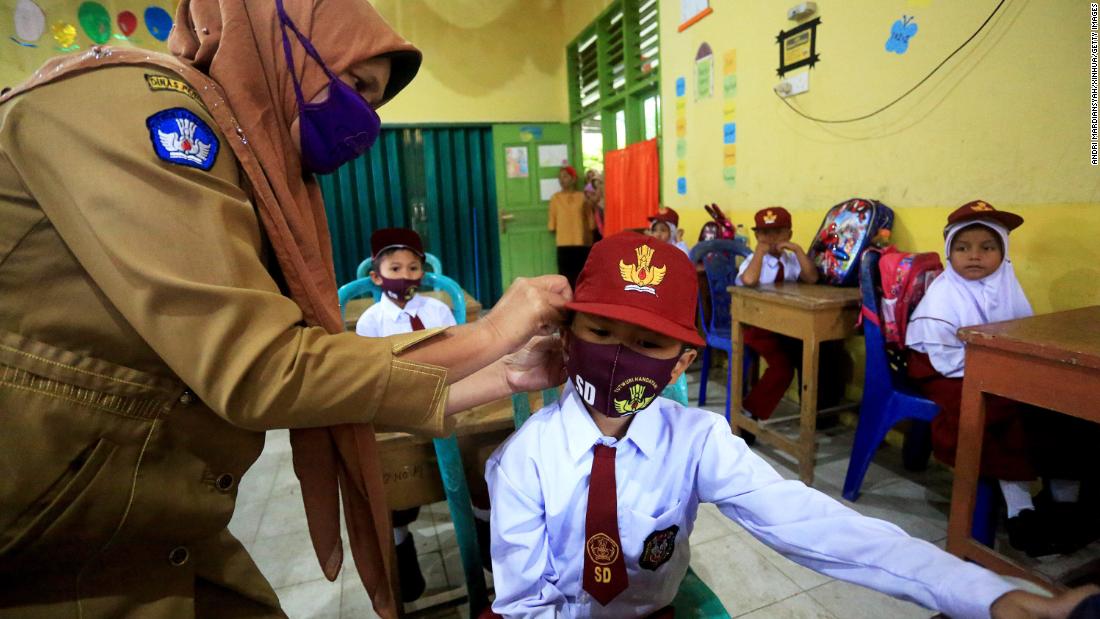“Getting students back into schools and learning institutions as safely as possible must be a top priority,” once local transmission of Covid-19 is under control, he added.
“We already faced a learning crisis before the pandemic,” the Secretary-General said. “Now we face a generational catastrophe that could waste untold human potential, undermine decades of progress, and exacerbate entrenched inequalities.”
The knock-on effects on child nutrition, child marriage and gender equality, among others, are “deeply concerning,” he warned
“The Covid-19 pandemic has led to the largest disruption of education ever,” Guterres said in a video message as he launched the “Save our Future” campaign with education partners and United Nations agencies.
The campaign calls for action to reopen schools, prioritize education in financing decisions, target those who are hardest to reach, and focus on creative and innovative ways of teaching.
“Despite the delivery of lessons by television, radio and online, and the best efforts of teachers and parents, many students remain out of reach,” he said.
Learners with disabilities, those in minority or disadvantaged communities, displaced and refugee students, and those in remote areas are at highest risk of being left behind, Guterres warned.
“And even for those who can access distance learning, success depends on their living conditions,” Guterres said. “Parents, especially women, have been forced to assume heavy care burdens in the home.”
More than 250 million school-age children were out of school prior to the coronavirus outbreak, he said, with only a quarter of secondary school children in developing countries leaving school with basic skills.
Countries around the world are now grappling with how to safely reopen schools amid the coronavirus pandemic — and whether to reopen at all.
Researchers in Britain found that schools could reopen safely provided sufficient contact tracing is in place.
And a team in Australia found that even though schools remained open in New South Wales between late January and early April, children and teachers did not contribute significantly to the spread of Covid-19 — because good contact tracing and control strategies were in place.
The British study uses a model to estimate how much testing and contact tracing would be needed to prevent a second wave of Covid-19 following the reopening of schools this September. It suggests that, depending on the scenario, between 59% and 87% of symptomatic people in the community would need to get tested at some point during their infection, their contacts would need to be traced and those with illness would need to be isolated in order to prevent an epidemic rebound.
But “without sufficient coverage of a test-trace-isolation strategy, the UK risks a serious second epidemic peak” in December or February, researchers warned.
“We are at a defining moment for the world’s children and young people,” Guterres said Tuesday. “The decisions that governments and partners take now will have lasting impact on hundreds of millions of young people, and on the development prospects of countries for decades to come.”
“We have a generational opportunity to reimagine education,” the UN Secretary-General added. “We can take a leap towards forward-looking systems that deliver quality education for all.”
















South Bay Health Center Failed to Protect Female Patients From Sexual Abuse by Doctor – NBC 7 San Diego